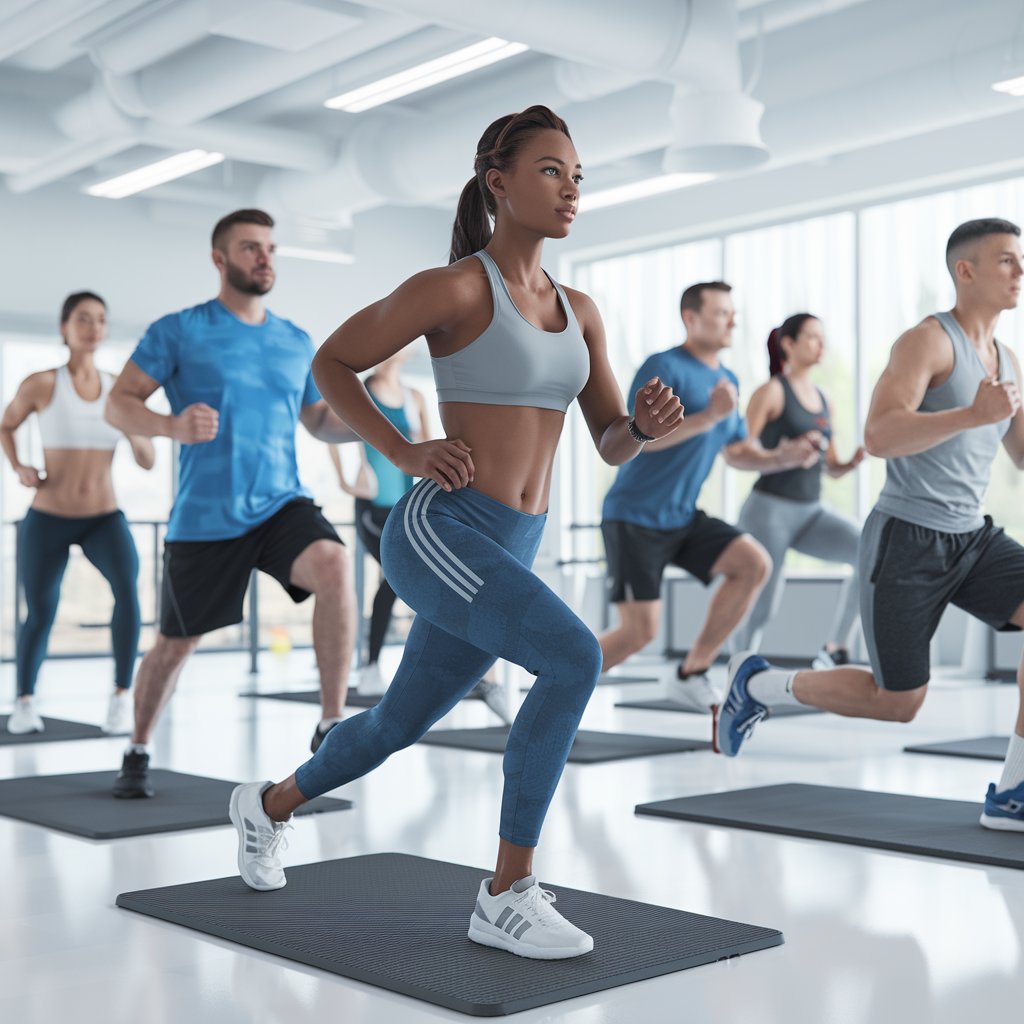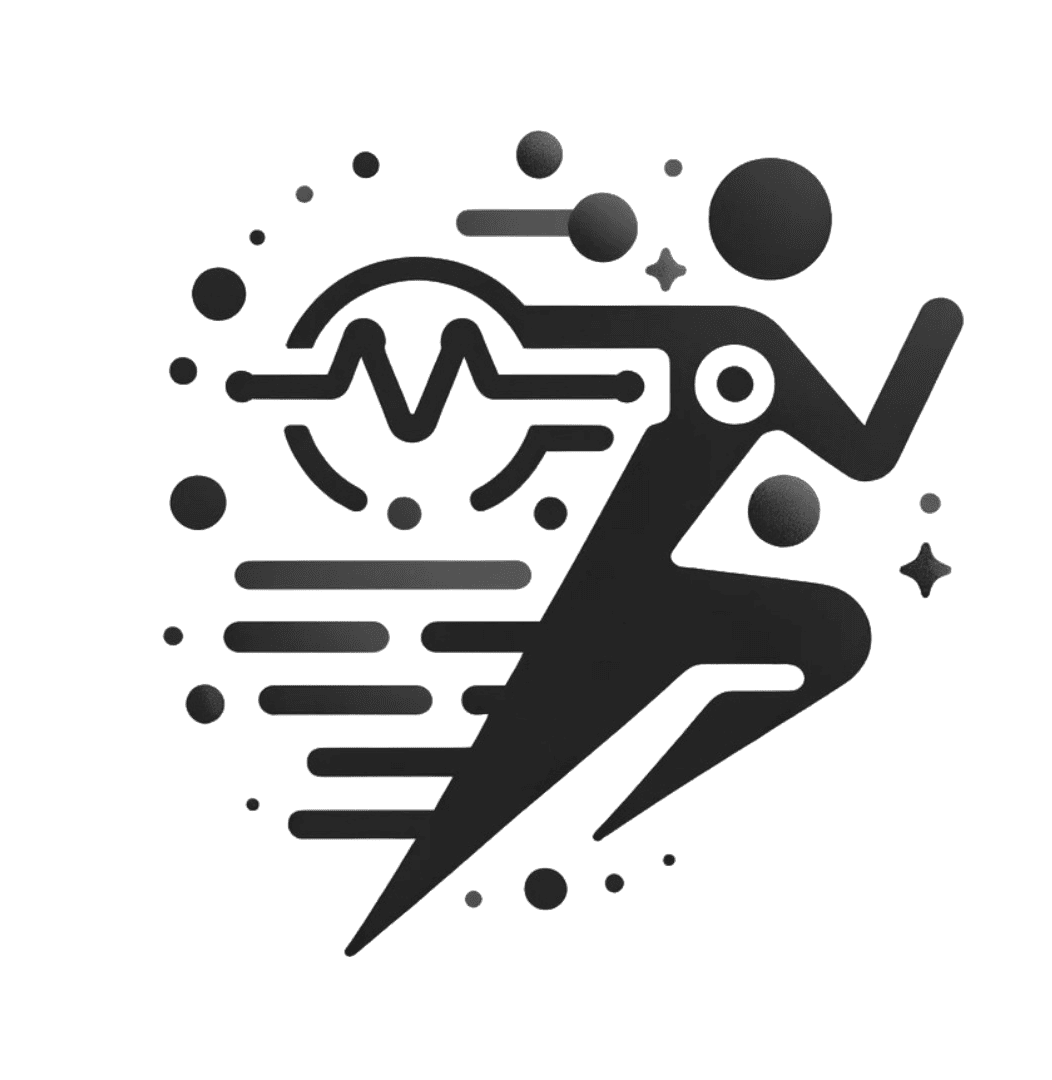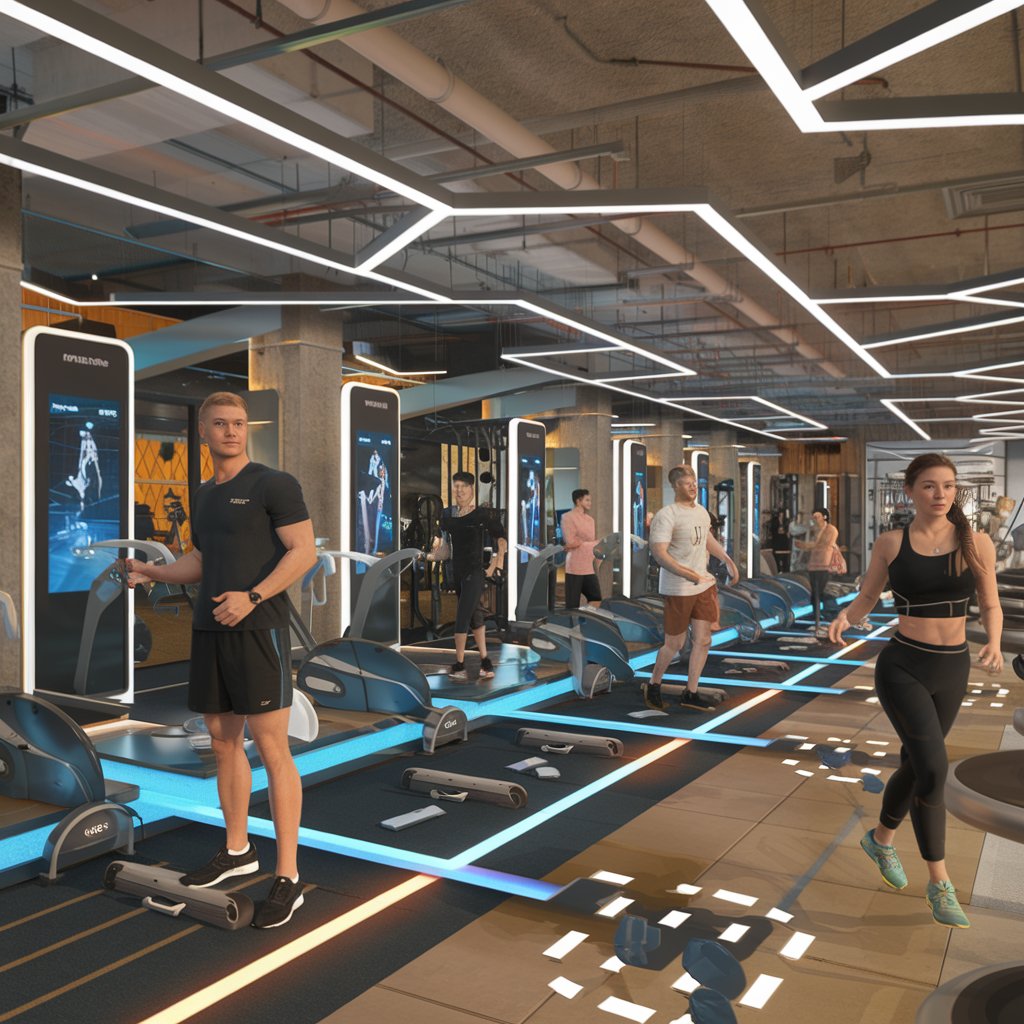
Physical Readiness Test: Uncover Your Potential Journey
A physical readiness test offers a window into your body’s capabilities, serving as a vital tool for gauging fitness. Dive into its science, benefits, and how MetersFit’s AI platform can help chart your unique path toward health and wellness, focusing on performance and longevity.
Understanding the Physical Readiness Test
When we talk about the physical readiness test, it is important to connect with exercise science. These assessments offer powerful insights into a person’s fitness level, allowing for analysis of physical performance potential. By looking at the results, we can customize training programs that build strength, endurance, and flexibility. A full physical readiness test typically checks cardiovascular health, muscular strength, and the flexibility needed for everyday life.
Studies show that these assessments bring significant benefits. For example, research featured in the Journal of Sports Sciences highlighted how individuals who engaged in physical readiness tests saw notable improvements in their performance metrics after a training regimen (Smith et al., 2020). Tracking progress in these areas helps in continually fine-tuning workouts, leading to sustained advancement.
MetersFit distinguishes itself by providing advanced fitness testing, blending AI technology for monitoring progress. This method looks beyond just physical capabilities to include biological age, a key factor in crafting personalized health strategies. Knowing one’s biological age can inspire a more active pursuit of health, strengthening commitment to fitness.
The scientific basis for physical readiness tests strengthens their role in enhancing athletic performance and overall health. For more on fitness assessments, visit the assessment of physical fitness.
Science-Backed Benefits of the Physical Readiness Test
The physical readiness test brings an array of advantages. To begin, it provides a solid benchmark for your current fitness level. With clear insights, you can identify specific weaknesses to work on. Research has found that structured assessments can notably reduce injury risks. A study in the American Journal of Sports Medicine pointed out how effective physical evaluations can lead to more tailored training programs, reducing the strain on the body.
Another key perk is the uplift in motivation. Understanding your baseline equips you to set clear and achievable goals. When individuals regularly track improvements through physical readiness tests, their commitment to fitness typically strengthens. This boost in motivation fosters consistency, making the training journey enjoyable.
Additionally, the holistic aspect of these tests is crucial. They assess flexibility, strength, and endurance all at once. Engaging in a thorough evaluation can pinpoint areas for improvement, such as balance or core strength, which are essential for comprehensive fitness. A balanced approach not only enhances performance but also nurtures long-term health benefits. To delve deeper into the significance of testing in fitness, explore the role of nutrition in fitness.
Mastering Your Physical Readiness Test: A Step-by-Step Guide
Preparing for a physical readiness test demands strategy and keen awareness of your fitness levels. This assessment gauging strength, endurance, and agility involves a thoughtful approach rather than just pushing limits.
Begin by getting acquainted with the test’s components. Common elements may include push-ups, sit-ups, and a timed run, each crafted to challenge distinct areas of your fitness. Broaden your training regimen to include various modalities. For instance, adding strength training will enhance endurance and stability, vital aspects during a physical readiness test.
Next, create a structured plan for your preparation. Monitor your progress through timed running segments and counted repetitions for strength exercises. This personal insight allows you to identify areas of improvement. Utilizing personalized programs like MetersFit’s online training plans can offer tailored guidance suited to your specific needs.
Nutrition is another crucial element influencing your performance. Staying hydrated and nourishing your body with wholesome foods can enhance how well you perform. Always remember, the focus should be on growth rather than perfection. Understanding your body’s responses during your physical readiness test can lead to better outcomes. Implementing these techniques can empower you on your path to fitness goals. For more insights, check out the role of nutrition in fitness.
Implementing Practical Exercises for the Physical Readiness Test
Incorporating practical exercises is essential for readiness, allowing you to measure your performance across various domains. Preparing for a physical readiness test involves building not only strength but also functional abilities through dynamic training. Exercises that target balance, agility, strength, and endurance can dramatically influence your performance.
Start with lunges and squats, which boost leg strength and stability. Add push-ups to enhance upper body strength, necessary for many readiness assessments. Core exercises like planks, often overlooked, support posture and stability during movement. Dedicate time to high-intensity interval training (HIIT) to elevate cardiovascular fitness—endurance is a key factor in many physical readiness tests.
Flexibility is another area of emphasis. Stretching aids recovery and helps condition your muscles for the varying movements encountered in assessments. Incorporating dynamic stretches before workouts can enhance your range of motion.
The secret to effectively gearing up for a physical readiness test lies in regularly practicing these varied exercises. By embracing an adaptable approach, you can align your readiness with your personal fitness aspirations. For additional insights on sustaining performance, check out exercise routines for optimal aging.
Building a Long-Term Fitness Strategy with the Physical Readiness Test
Creating a sustainable fitness strategy often kicks off with a physical readiness test. This assessment evaluates your fundamental athletic abilities, including strength, endurance, and flexibility. The insights from this test can clarify your current fitness standing.
A well-crafted physical readiness test might combine exercises, starting with a push-up test for upper body strength followed by a timed run to evaluate cardiovascular endurance. Including flexibility checks, like the sit-and-reach test, provides a rounded view of your physical capabilities. These metrics serve as a guide, not just achievements to brag about, but as crucial data for forming your future training plan.
Setting benchmarks through a physical readiness test enables you to pinpoint specific areas needing improvement. This understanding helps formulate focused training strategies to boost performance instead of simply addressing weak spots as they emerge.
As you cultivate your training plan, revisit the initial test every six months to monitor progress. Leveraging technology such as sensors can sharpen your training approach, ensuring maximum effectiveness in your workouts. In this manner, your physical readiness test evolves into a blueprint guiding your fitness journey toward long-term goals, providing clarity and motivation along the way. For further insights into creating a sustainable training program, take a look at this article.
Final words
Harness the potential of a physical readiness test to discover your fitness capability. Continue this journey with MetersFit’s AI-driven insights. Enhance your fitness path and find personalized strategies that encourage improvement. Join the MetersFit waitlist today at metersfit.com/waitlist.






